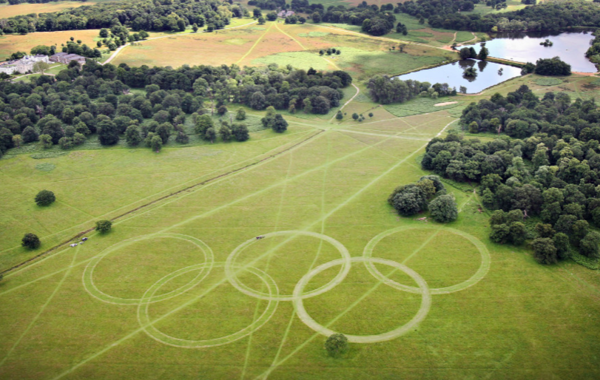Designing a Greener Games: Incorporating Sustainability into Pre and Post Olympic Site Development
- Student
- Madeline Paulk
- College(s)
- School of Architecture
- Faculty Advisor
- Aimee Buccellato
- Class Year
- 2019

Every four years, the world is united by the tradition of the Olympic Games. Boasting the world’s greatest athletes and breathtaking scenery of the host city, the media portrays the best that the Olympics can offer to television screens on a global scale. Given the monumental cultural significance of the Olympics, fans often seem to forget the equally immense environmental, economic, and social footprints.
While there are numerous key factors that influence the sustainability of Olympic Game site design, this project focused specifically on the environmental and economic benefits of including adaptive reuse in Olympic planning. From choosing a site in the early design phase to designing buildings to have flexible functions post-Olympics, adaptive reuse is critical in decreasing the environmental footprint by minimizing new construction, utilizing existing resources to reduce economic costs, and improving transportation to reduce carbon emissions.
My research began with the analysis of scholarly articles, academic journals, and sustainability reports from previous host cities in order to better understand how these cities have utilized existing buildings in addition to new buildings and infrastructure that not only serve the Olympics but continue to aid the city post-Games. I then focused on the 2010 Vancouver Olympics, declared by the International Olympic Committee to be the “greenest Games” yet. In contrast, I also researched the 2018 Pyeongchang Olympics, which removed several thousand trees to create land for slopes and has already demolished its 109 million dollar Olympic Stadium in order to avoid maintenance fees. I then developed case studies for these two Winter Olympic host cities in order to understand how adaptive reuse, or the lack thereof, affected these cities environmentally and economically. Lastly, I completed a final case study based on current information available about the upcoming 2022 Beijing Winter Games. In this final study, I not only analyzed current problems in site planning but also provide design suggestions to help avoid these problems in the future.